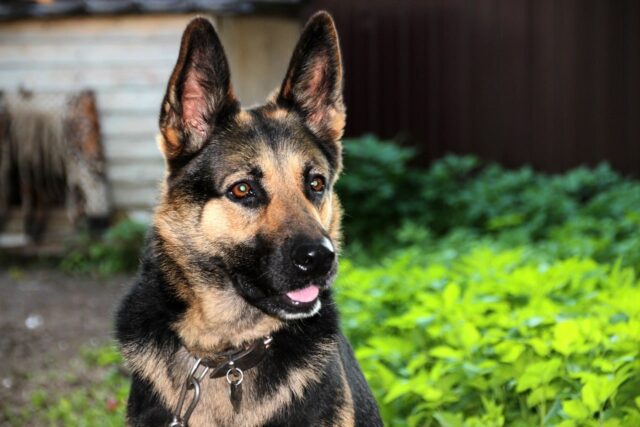Dogs are known for their barking, but some breeds take it to another level with their powerful and loud vocalizations. Whether bred for guarding, herding, or hunting, these breeds have developed a bark that can be heard far and wide. Loud barking can be an essential trait for alerting owners to danger, herding livestock, or even scaring off potential intruders. However, it can also be challenging for owners who live in close quarters with neighbors or in areas with noise restrictions. Here are the top 13 dog breeds with the loudest barks, showcasing both popular and lesser-known breeds that are known for their impressive vocal abilities.
13. Beagle
The Beagle is a small to medium-sized hound known for its loud and distinctive bark. Originally bred for hunting, Beagles have a unique baying sound that is both loud and persistent. Their bark is used to alert hunters to the presence of game, and it can carry over long distances. Beagles are also known for their vocal nature in general, often barking or baying when they are excited, bored, or in pursuit of a scent. This breed’s loud bark can be both a blessing and a challenge, making them excellent watchdogs but also potentially noisy neighbors. Beagle owners need to be prepared for a dog that loves to use its voice, often with little provocation.
12. Dachshund
Dachshunds may be small, but their bark is surprisingly loud and deep for their size. Originally bred to hunt badgers and other burrowing animals, Dachshunds needed a powerful bark to alert their handlers while underground. This breed’s bark is often described as a “big dog” in nature, with a volume that can easily fill a room or carry across a yard. Dachshunds are also known for their territorial nature, often barking at the slightest hint of a stranger or an unfamiliar noise. This makes them excellent watchdogs, but their vocal tendencies can be overwhelming for owners who prefer a quieter environment. Training and socialization are key to managing a Dachshund’s bark, but it’s unlikely to ever be completely silenced.
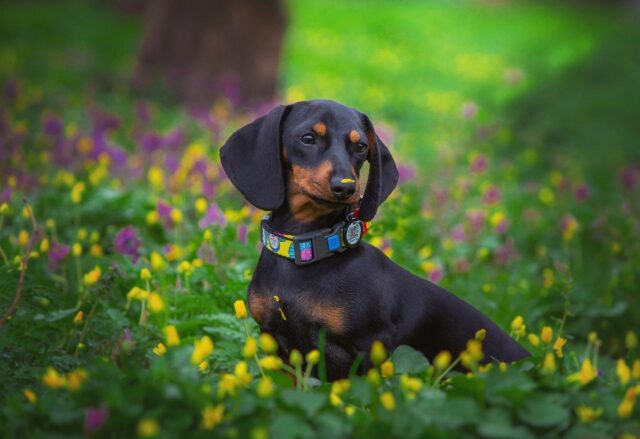
11. Jack Russell Terrier
The Jack Russell Terrier is a small, energetic breed with a big bark. Known for their intelligence and determination, Jack Russells were originally bred for hunting foxes, requiring a loud bark to communicate with their handlers. This breed’s bark is sharp, high-pitched, and persistent, often used to express excitement, frustration, or alertness. Jack Russells are known for their vocal nature, and their barking can become excessive if they are not properly trained or exercised. This breed’s loud bark can be a challenge for owners, especially in urban environments where noise can be an issue. However, their loud voice also makes them excellent watchdogs, as they are quick to alert their owners to any unusual activity.

10. Miniature Schnauzer
The Miniature Schnauzer is a small but robust breed with a surprisingly loud bark. Originally bred in Germany for farm work, including ratting and guarding, Miniature Schnauzers have a natural tendency to be vocal. Their bark is sharp, loud, and persistent, often used to alert their owners to anything out of the ordinary. Miniature Schnauzers are known for being excellent watchdogs, as they are quick to sound the alarm at the slightest hint of an intruder. However, their barking can become excessive if not properly managed, especially if they are left alone for long periods. Training and socialization are essential to help control a Miniature Schnauzer’s barking, but, likely, this breed will always be vocal to some extent.
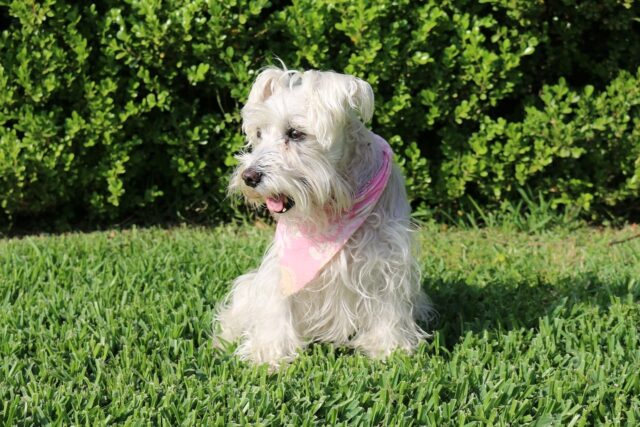
9. Pembroke Welsh Corgi
The Pembroke Welsh Corgi is a small herding breed known for its loud and piercing bark. Originally bred to herd cattle, Corgis needed a loud bark to move livestock and to alert their owners to any potential dangers. Their bark is high-pitched, sharp, and often used to express excitement or alertness. Pembroke Welsh Corgis are known for being vocal dogs, often barking at the slightest sound or movement. This breed’s loud bark can be a challenge for owners, especially in close living quarters, but it also makes them excellent watchdogs. Training and regular exercise are important to help manage a Corgi’s barking, but, likely, this breed will always be vocal to some extent.
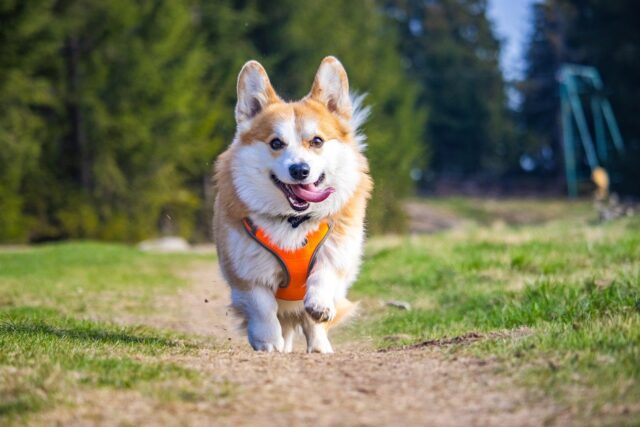
8. Shetland Sheepdog
The Shetland Sheepdog, or “Sheltie,” is a small to medium-sized herding breed known for its loud and high-pitched bark. Originally bred in the Shetland Islands to herd sheep, Shelties have a natural tendency to be vocal, using their bark to control livestock and alert their owners to any potential threats. This breed’s bark is sharp, loud, and often used to express excitement, frustration, or alertness. Shelties are known for being excellent watchdogs, as they are quick to sound the alarm at the slightest hint of an intruder. However, their barking can become excessive if not properly managed, especially if they are bored or anxious. Training and socialization are essential to help control a Sheltie’s barking, but, likely, this breed will always be vocal to some extent.

7. West Highland White Terrier
The West Highland White Terrier, or “Westie,” is a small but fearless breed known for its loud and persistent bark. Originally bred in Scotland for hunting small game, Westies needed a powerful bark to communicate with their handlers and to alert them to the presence of prey. This breed’s bark is high-pitched, sharp, and often used to express excitement or alertness. Westies are known for being vocal dogs, often barking at the slightest sound or movement. Their loud bark can be a challenge for owners, especially in urban environments where noise can be an issue. However, their vocal nature also makes them excellent watchdogs, as they are quick to alert their owners to any unusual activity.
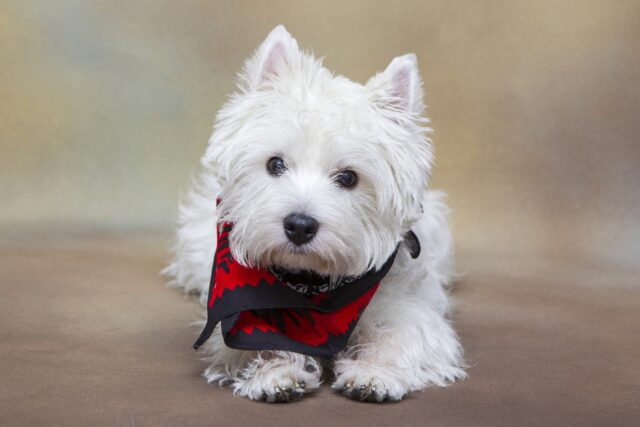
6. Bearded Collie
The Bearded Collie, or “Beardie,” is a medium-sized herding breed known for its loud and deep bark. Originally bred in Scotland for herding sheep and cattle, Beardies needed a powerful bark to control livestock and to communicate with their handlers over long distances. This breed’s bark is deep, resonant, and often used to express excitement, frustration, or alertness. Bearded Collies are known for being vocal dogs, often barking to get their owner’s attention or to express their emotions. Their loud bark can be a challenge for owners, especially in close living quarters, but it also makes them excellent watchdogs. Training and regular exercise are important to help manage a Beardie’s barking, but, likely, this breed will always be vocal to some extent.
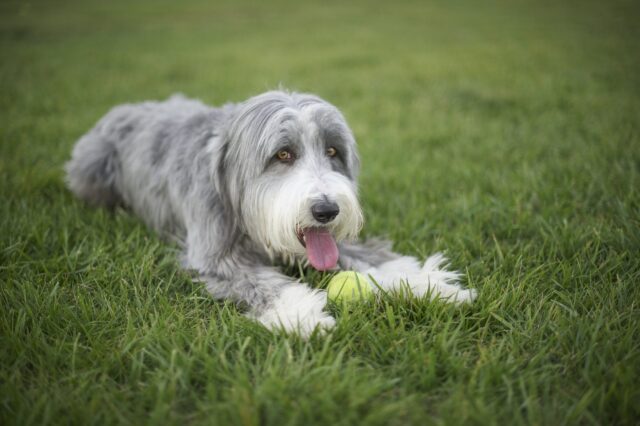
5. Chihuahua
The Chihuahua may be small, but its bark is anything but. Known for its feisty personality, the Chihuahua’s bark is sharp, high-pitched, and surprisingly loud for its size. Chihuahuas are naturally alert and often use their bark to express excitement, or fear, or to alert their owners to any perceived threat. Despite their tiny stature, Chihuahuas have a big-dog attitude and will bark persistently if they feel the need to protect their territory. This breed’s loud bark can be a challenge for owners, especially in close living quarters, but it also makes them excellent watchdogs. Training and socialization are key to managing a Chihuahua’s barking, but, likely, this breed will always be vocal to some extent.

4. Cairn Terrier
The Cairn Terrier is a small, sturdy breed known for its loud and persistent bark. Originally bred in Scotland for hunting small game, Cairn Terriers needed a powerful bark to communicate with their handlers and to alert them to the presence of prey. This breed’s bark is sharp, high-pitched, and often used to express excitement or alertness. Cairn Terriers are known for being vocal dogs, often barking at the slightest sound or movement. Their loud bark can be a challenge for owners, especially in urban environments where noise can be an issue. However, their vocal nature also makes them excellent watchdogs, as they are quick to alert their owners to any unusual activity.
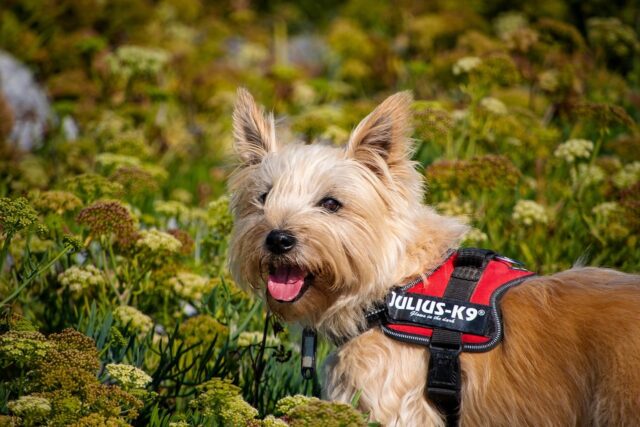
3. Alaskan Malamute
The Alaskan Malamute is a large and powerful breed known for its deep and resonant bark. Originally bred for hauling heavy loads in harsh Arctic conditions, Malamutes needed a loud bark to communicate with their handlers over long distances. This breed’s bark is deep, booming, and often used to express excitement, frustration, or alertness. Alaskan Malamutes are known for being vocal dogs, often “talking” to their owners with a range of sounds, including howls, barks, and grumbles. Their loud bark can be a challenge for owners, especially in close living quarters, but it also makes them excellent watchdogs. Training and regular exercise are important to help manage a Malamute’s barking, but, likely, this breed will always be vocal to some extent.
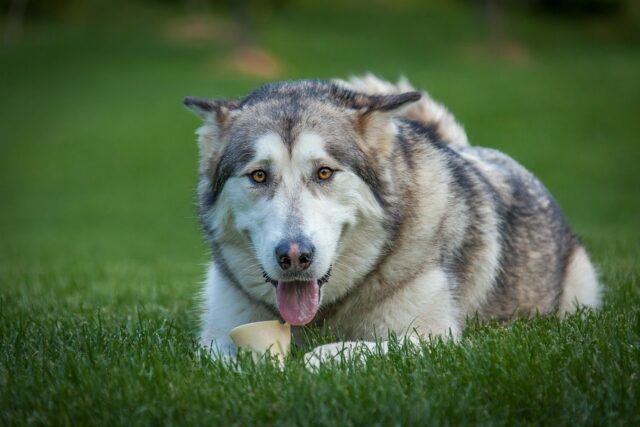
2. Bloodhound
The Bloodhound is a large and powerful breed known for its deep, booming bark. Originally bred for tracking and hunting, Bloodhounds have a distinctive bark that can carry over long distances. This breed’s bark is often described as a “bay,” a deep, resonant sound that is used to alert their handlers to the presence of a scent. Bloodhounds are known for their vocal nature, often using their bark to express excitement, frustration, or alertness. Their loud bark can be a challenge for owners, especially in close living quarters, but it also makes them excellent watchdogs. Training and regular exercise are important to help manage a Bloodhound’s barking, but, likely, this breed will always be vocal to some extent.

1. German Shepherd
The German Shepherd is a large and powerful breed known for its loud and authoritative bark. Originally bred for herding and guarding, German Shepherds have a natural tendency to be vocal, using their bark to control livestock and to alert their owners to any potential threats. This breed’s bark is deep, resonant, and often used to express excitement, frustration, or alertness. German Shepherds are known for being excellent watchdogs, as they are quick to sound the alarm at the slightest hint of an intruder. However, their barking can become excessive if not properly managed, especially if they are bored or anxious. Training and regular exercise are important to help control a German Shepherd’s barking, but, likely, this breed will always be vocal to some extent.
